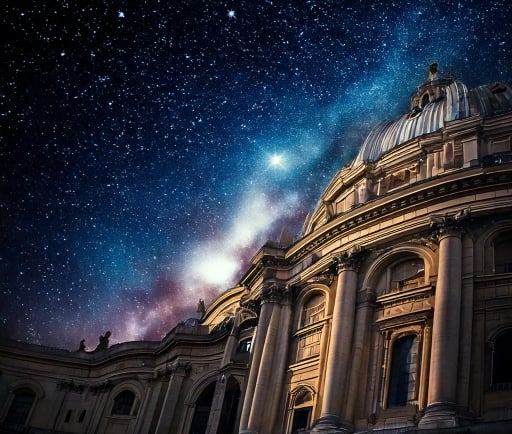The Radcliffe Wave: A Cosmic Phenomenon from 14 Million Years Ago


Introduction to the Radcliffe Wave
The cosmos is a vast and intricate tapestry, woven from countless threads of matter, energy, and phenomena. One of the more recent identified structures within our galaxy is the Radcliffe Wave. This cosmic feature is thought to have formed approximately 14 million years ago, and its study opens a new chapter in our understanding of the Milky Way's structure and dynamics.
A Closer Look at the Radcliffe Wave
Named after the Radcliffe Observatory in Oxford, which has historical significance in astronomical studies, the Radcliffe Wave is a large, undulating structure composed of gas and dust. Its length stretches for over 9,000 light years, and it is located in the Local Arm of the Milky Way galaxy. Recent research has revealed that this wave-like formation plays a critical role in star formation and the overall behavior of interstellar matter.
The Significance of the Wave in Galactic Evolution
Understanding the Radcliffe Wave is crucial as it allows astronomers to comprehend the galaxy's evolutionary processes. The wave influences the distribution of gas in the Milky Way, which in turn affects star formation rates. As the wave propagates through the galaxy, it creates regions of compression and rarefaction within interstellar clouds, leading to varying levels of star birth in different areas.
Research indicates that the Radcliffe Wave may even be a remnant of past cosmic events such as supernova explosions or interactions with other galactic structures. These events combined can create shocks that trigger new star formation, making the wave a key ingredient in the life cycle of stars.
By analyzing the distribution of stars along the Radcliffe Wave and studying their chemical compositions, astronomers are beginning to piece together the history of our galaxy. This understanding is not only pivotal for unraveling our cosmic origins but also for predicting future galactic behavior.
As technology advances and more telescopes are placed into service, the ongoing study of the Radcliffe Wave will undoubtedly lead to further discoveries that could reshape our understanding of the Milky Way and the broader universe. The data collected from various wavelengths will provide even clearer images and details about this fascinating cosmic phenomenon.
In conclusion, the Radcliffe Wave is not merely an astronomical curiosity; it is a vital element in the ongoing narrative of galactic evolution. The knowledge gained from its study enhances our comprehension of the universe and prompts profound questions about the origins and future of stars and galaxies.
